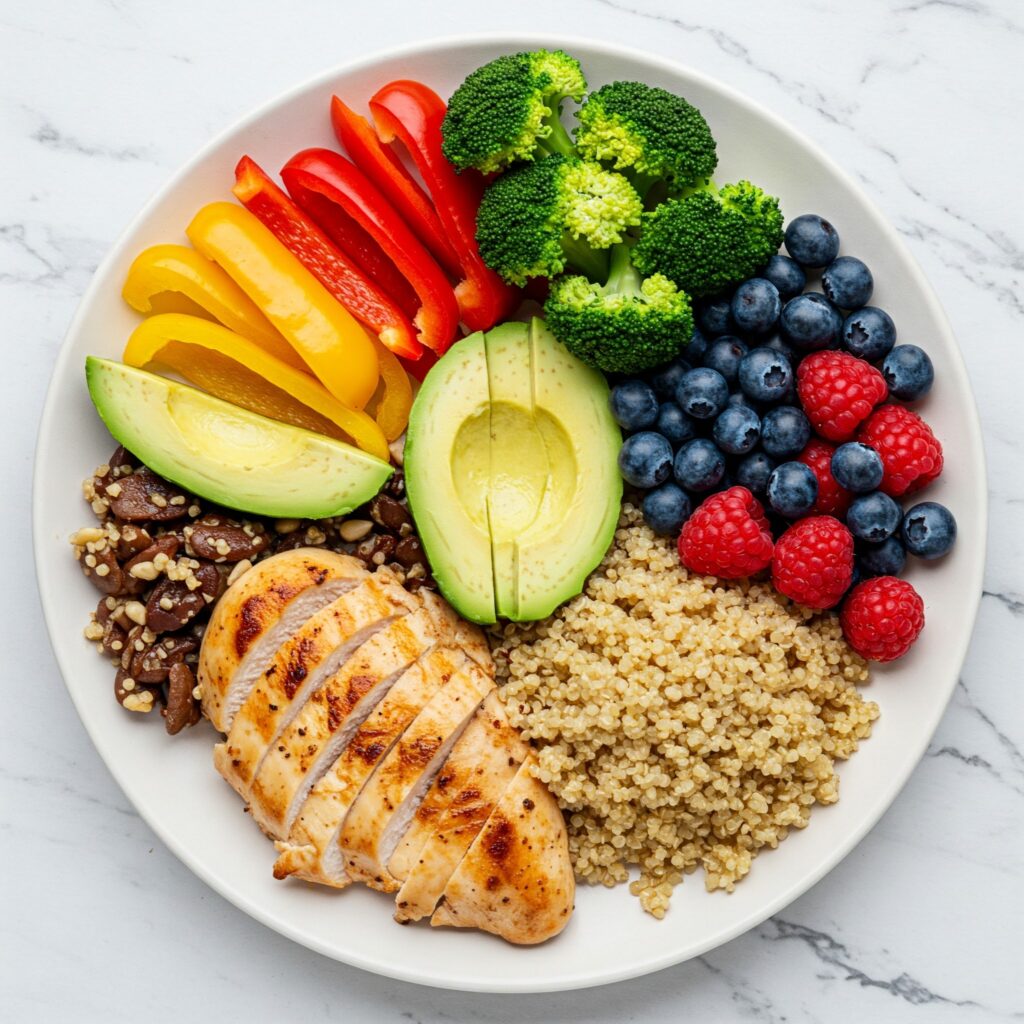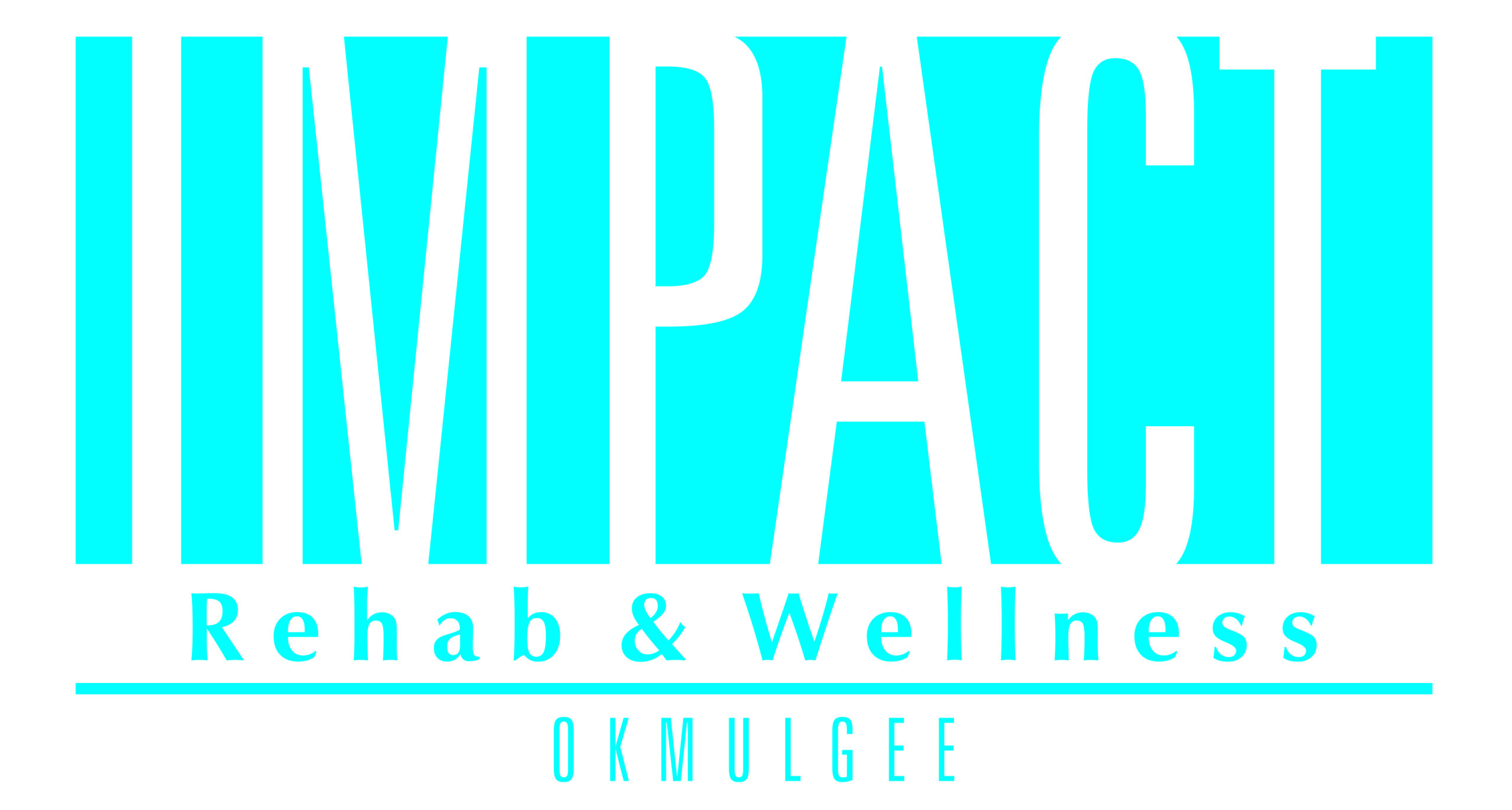
Ouch! Whether it’s a sports mishap, a fall, or something else entirely, getting injured throws a wrench in our plans. While rest and rehabilitation are crucial, let’s not forget a secret weapon in your recovery arsenal: nutrition. What you eat plays a vital role in healing, reducing inflammation, and getting you back on your feet (or whatever body part is on the mend) stronger than before.
Think of your body as a construction site after an injury. It needs the right building blocks to repair damaged tissues, lay down new ones, and fight off any potential infections. Skimping on nutrients is like asking a construction crew to build a skyscraper with only a handful of bricks – it’s just not going to work!
So, what should be on your recovery menu? Let’s dive into some key nutritional players, starting with the MVP for tissue repair:
- Protein: The Repair Crew – Building Blocks for Healing
Protein isn’t just for building muscle at the gym; it’s absolutely essential for repairing and rebuilding tissues damaged during an injury. From muscle fibers and tendons to ligaments and even skin, protein provides the amino acids – the fundamental building blocks – your body needs to knit itself back together. Adequate protein intake can also help prevent muscle loss (atrophy) that can occur when you’re less active due to injury.
- Why it’s crucial post-injury:
- Tissue Repair: Provides the raw materials for rebuilding damaged muscles, ligaments, and tendons.
- Collagen Synthesis: Essential for the formation of collagen, a key structural protein in connective tissues and skin.
- Reduced Muscle Loss: Helps maintain muscle mass during periods of inactivity.
- Immune Support: Amino acids play a role in immune function, which is important for preventing infection at the injury site.
- Good Sources:
- Lean Meats: Chicken breast, turkey, lean beef cuts.
- Fish and Seafood: Especially beneficial due to their omega-3 fatty acid content (more on that later!).
- Eggs: A complete protein source, meaning they contain all essential amino acids.
- Dairy: Greek yogurt (high in protein!), cottage cheese, milk.
- Legumes: Beans, lentils, chickpeas – excellent plant-based protein sources.
- Nuts and Seeds: Almonds, walnuts, chia seeds, pumpkin seeds (also provide healthy fats).
- Protein Powders: Whey, casein, soy, pea, and rice protein powders can be convenient supplements, especially if your appetite is reduced or you have difficulty meeting your protein needs through whole foods.
- How Much Do You Need? Protein needs can be slightly elevated during injury recovery. While general recommendations are around 0.8 grams of protein per kilogram of body weight for sedentary individuals, some research suggests that individuals recovering from injury might benefit from 1.2 to 1.5 grams of protein per kilogram of body weight. For example, a 150-pound (approximately 68 kg) person might aim for around 82-102 grams of protein per day. However, it’s always best to consult with a healthcare professional or registered dietitian for personalized recommendations.
- Pro Tip:
- Spread it out: Aim for consistent protein intake throughout the day (e.g., every 3-4 hours) rather than consuming a large amount in one sitting. This helps optimize muscle protein synthesis.
- Combine sources: If you’re relying on plant-based proteins, try to combine different sources throughout the day to ensure you’re getting all the essential amino acids.
- Listen to your body: Pay attention to how you feel and adjust your intake as needed.
- Healthy Fats: Inflammation Fighters
While we often hear about “bad” fats, healthy fats are your allies in reducing inflammation, a natural response to injury that can sometimes hinder healing if it becomes chronic.
- Good Sources: Fatty fish (salmon, mackerel), avocados, olive oil, nuts, and seeds.
- Pro Tip: Incorporate omega-3 fatty acids found in fatty fish and flaxseeds for their potent anti-inflammatory properties.
- Carbohydrates: Energy for Healing
Don’t ditch the carbs! While you might be less active, your body still needs energy to fuel the healing process. Opt for complex carbohydrates that provide sustained energy and essential nutrients.
- Good Sources: Whole grains (oats, brown rice, quinoa), fruits, and vegetables.
- Pro Tip: Be mindful of portion sizes, especially if your activity level is significantly reduced to avoid unwanted weight gain.
- Vitamins and Minerals: The Support Team
Various vitamins and minerals play crucial roles in different stages of healing:
- Vitamin C: Essential for collagen production, which is vital for skin, tendon, and ligament repair. Find it in citrus fruits, berries, and bell peppers.
- Vitamin D: Important for bone health and can also play a role in reducing inflammation. Sunlight is a great source, but supplementation might be necessary, especially during winter months.
- Calcium: Crucial for bone repair and strength. Dairy products, leafy greens, and fortified foods are good sources.
- Zinc: Involved in tissue repair and immune function. Find it in meat, seafood, nuts, and seeds.
- Hydration: The Delivery System
Water is essential for transporting nutrients to injured tissues and removing waste products. Dehydration can hinder the healing process.
- Good Sources: Water, of course! Also consider herbal teas, clear broths, and fruits and vegetables with high water content.
- Pro Tip: Carry a water bottle with you and sip throughout the day. Pay attention to your thirst cues.
What to Limit:
Just as important as what you eat is what you limit during recovery:
- Processed Foods: Often high in unhealthy fats, sugar, and sodium, which can promote inflammation and hinder healing.
- Excessive Sugar: Can also contribute to inflammation and provide empty calories.
- Exceeding Recommended Limits: Health organizations like the American Heart Association (AHA) and the World Health Organization (WHO) provide guidelines for daily added sugar intake. Consistently surpassing these recommendations would be considered excessive. For example, the AHA recommends no more than 6 teaspoons (25 grams) of added sugar per day for women and 9 teaspoons (36 grams) for men. Many people consume significantly more than this.
- Alcohol: Can interfere with the healing process and interact with certain medications.
What to Limit:
Just as important as what you eat is what you limit during recovery:
Processed Foods: Often high in unhealthy fats, sugar, and sodium, which can promote inflammation and hinder healing.
Excessive Sugar: Can also contribute to inflammation and provide empty calories.
Alcohol: Can interfere with the healing process and interact with certain medications.
Listen to Your Body (and Maybe a Professional!)
Remember that everyone’s recovery journey is unique. Pay attention to how your body responds to different foods. In some cases, consulting with a registered dietitian or a sports nutritionist can provide personalized guidance tailored to your specific injury and needs.
The Bottom Line:
Nutrition is a powerful tool in your post-injury recovery. By focusing on a balanced diet rich in protein, healthy fats, complex carbohydrates, vitamins, and minerals, and staying well-hydrated, you can significantly support your body’s natural healing abilities and get back to doing what you love, sooner and stronger.
